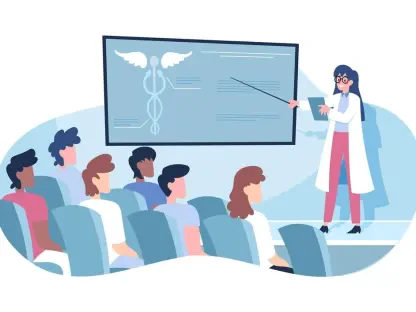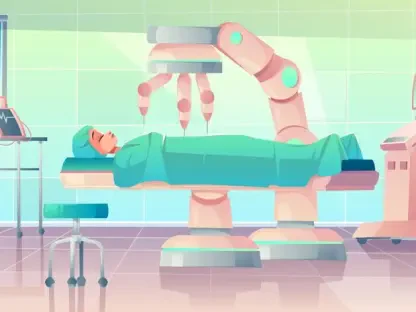In an era where healthcare challenges seem to multiply daily, at the forefront of tackling these issues is Monica Soni, the chief medical officer of Covered California. Faisal Zain, an esteemed healthcare expert specializing in medical technology, provides insights into the strategies being deployed to navigate potential federal spending cuts and address worrying trends like declining childhood vaccination rates. Zain discusses the role subsidies play in healthcare access, explores the quality improvement initiatives, and examines the impact of vaccine skepticism, with a focus on how these challenges are being managed effectively.
How do federal subsidies benefit Covered California enrollees, and what could their expiration mean for them?
The federal subsidies are crucial for making health insurance affordable for many Californians. They significantly lower the premiums, which otherwise could be unmanageable, especially for those just above the income threshold. With the subsidies about to potentially lapse, there’s a real risk of middle-income earners falling through the cracks. These families were newly eligible for assistance when Congress expanded the subsidies, and losing this support could leave them unable to maintain their coverage, leading to a drop in enrollment and increased healthcare costs for preventive measures.
What concerns do declining childhood vaccination rates in Covered California health plans present?
The decline in vaccination rates is alarming because it compromises herd immunity. This situation leaves children susceptible to infectious diseases that we have the capability to prevent. Monica Soni is proactively addressing these issues through performance targets set for health plans, insisting on penalties when goals aren’t met. Her role involves pushing for transparency and pressing for improvements in care delivery, helping ensure children receive necessary vaccinations.
How is Covered California using penalty funds from plans that fail to meet performance targets?
The penalty funds are repurposed into initiatives that have direct benefits for households under Covered California. These funds help provide grocery assistance and establish child savings accounts, directly reducing financial burdens and encouraging preventive health care behaviors. By supporting primary care practices financially, the initiative not only holds health plans accountable but fosters better health outcomes and equity.
How might potential cuts to Medicaid impact Covered California and its beneficiaries?
Medicaid plays a critical role in supporting low-income Californians, providing access to vital health services. Cuts to Medicaid would be devastating for Covered California and its beneficiaries, stripping away essential support that saves lives. The broader community would feel these impacts, as the health care safety net could fray, affecting millions who rely on these services for preventive care, chronic disease management, and maternal health.
What was the motivation behind the Quality Transformation Initiative, and why focus on four key measures?
The initiative stemmed from a need to ensure not just coverage but also quality. Despite high enrollment, there was no substantial improvement in critical healthcare outcomes. By targeting four key measures—blood pressure, diabetes management, colorectal cancer screenings, and childhood vaccinations—the initiative aims to achieve tangible results. Aligning with these measures’ 66th percentile benchmark pushes plans to improve, ensuring both accountability and better health standards.
How do grocery assistance programs and child savings accounts aim to support households covered by Covered California?
These programs provide financial relief to struggling families, addressing basic needs and creating opportunities for future growth. Grocery assistance eases the strain on daily living costs, while savings accounts tied to health behaviors encourage proactive health management and educational aspirations. With evidence suggesting that access to such funds can dramatically increase college attendance likelihood, these initiatives can transform health and economic outcomes.
Can you share more about the impact of vaccine skepticism on childhood vaccination rates and associated risks?
Vaccine skepticism poses a significant risk by undermining public trust in preventive care and leading to the resurging threat of diseases like measles. This skepticism can result in delayed vaccinations and a reluctance to participate in health services. It’s crucial for healthcare leaders to counter misinformation through education and community engagement, promoting accurate health information and protecting the public from needless outbreaks.
What is your forecast for these challenges, and do you see a pathway for improvement?
I foresee that if stakeholders can unite in addressing these challenges with comprehensive policies and community-focused initiatives, there will be significant strides in overcoming these hurdles. Encouraging transparency, advocating for policy renewals, and maintaining priorities on preventive care and equity are essential steps toward improvements in healthcare outcomes and accessibility for all Californians.









